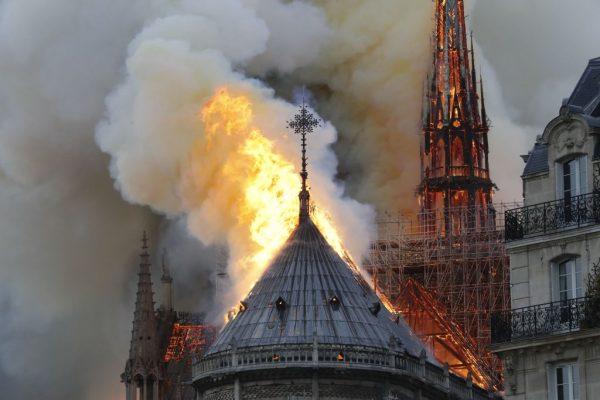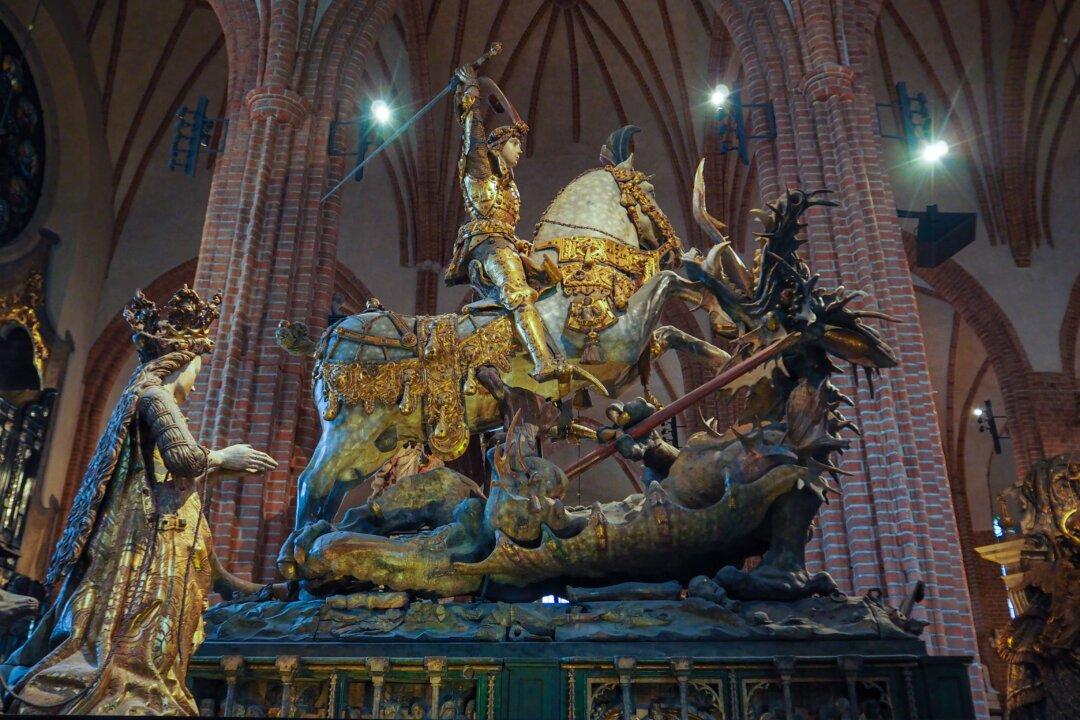
More than two years later, the world watches in anticipation of the rebuilding and restoration of France’s great Gothic monument. In the years since the fire, there were suggestions that the 19th-century spire, which was completely destroyed, would be rebuilt with a new design using modern materials such as glass and steel. But that idea was scrapped. Instead, the spire will be rebuilt to the exact design as conceived by 19th-century French architect Eugène Viollet-le-Duc.
Victor Hugo’s Notre Dame
Interestingly, in the 19th century, Notre Dame Cathedral was in a state of disrepair. When Victor Hugo wrote his masterpiece “The Hunchback of Notre Dame,” he questioned Notre Dame Cathedral’s modern restoration efforts. He too wanted to preserve the Gothic beauty of the sacred monument.Just as Hugo did centuries ago, heritage building experts and enthusiasts today have stepped forward to help Notre Dame Cathedral’s restoration—this time from the ashes. It seems that people want Notre Dame to be returned to how they remember it. And traditional carpenters—both in France and America—have been helping the effort to stay true to Notre Dame’s medieval heritage.

Carpenters Without Borders
As most of the cathedral roof was destroyed in the 2019 fire, the French organization Carpenters Without Borders, along with members of the British organization The Carpenters Fellowship, took a week in July 2020 to re-create one of the roof trusses that once supported the roof of Notre Dame Cathedral. A truss is a structure formed by a series of triangles.The carpenters chose to replicate roof truss No. 7, which was once located between the cathedral spire and the belfries.
The replica roof truss was successfully made and raised by hand on the grounds of the park at the historic monument Château de Mesnil Geoffroy, in northern France. For each part of the process, the woodworkers used only hand tools and stayed true to the techniques used by their medieval forefathers. For instance, the woodworkers hand-felled the 20 trees needed for the truss—using historic documents that detailed the optimum conditions to cut the trees.
As part of the European Heritage Days celebrations, on Sept. 20 and 21, Carpenters Without Borders erected truss No. 7 in front of Notre Dame Cathedral. One of the carpenters on site, Florian, said in an interview with the forestry organization France Bois Forêt, that they wanted to reconstruct the truss to prove that the materials and expertise still existed, and to rebuild the structure using traditional woodworking methods as per the original design. The woodworkers hoped that the architects charged with restoring the cathedral would utilize their efforts.
Re-creating Roof Truss No. 6
Just over a year after Carpenters Without Borders replicated truss No. 7, a group of passionate American woodworkers re-created roof truss No. 6, that once stood over the cathedral’s choir. The project was led by the nonprofit educational organization Handshouse Studio with the support of Carpenters Without Borders. The Handshouse Studio woodworking team that made the truss included faculty and students from The Catholic University of America’s Architecture and Planning School and members of the the Timber Framers Guild, National Park Service, Preservation Maryland, and North Bennet Street School.
French lead architects Rémi Fromont and Cédric Trentesaux lent Handshouse Studio the official drawings to reconstruct the truss.
Besides the building team, many hands were involved in creating truss No. 6. Landowners in Lexington, Virginia, donated white oak trees. Rare Suffolk Punch draft horses from the Healing Harvest Forest Foundation hauled the hand-felled trees. Blacksmiths at La Maison Luquet, in Munster, eastern France, created and donated custom-made traditional French tools necessary for the woodworkers to authentically create the truss according to medieval protocols.

The truss was built over 10 days at The Catholic University of America in Washington, D.C., using only hand tools and medieval woodworking techniques. First, the bark was removed from the lumber, which was then measured and marked for cutting into beams. Woodworkers then stood on the logs, and aided by gravity, they cut notches into the timber using their axes in a process called “joggling.” A log was then shaped into a beam via a process called “hewing,” whereby woodworkers used an ax to flatten and remove the rounded sides of the log.


Woodworkers then used two traditional methods to split the timber. In “cleaving,” they carved a groove where the timber was to be split. Then they used axes and hammers to hit a small wedge of wood that was inserted along the natural woodgrain, until the timber split.

The other method they used to split the wood was with a pit saw. Traditionally, a woodworking trestle would be set up in a pit, and the person who worked above the log controlled the pit saw while the other woodworker in the pit below guided the saw. No pits were dug for this project, but the log was set on a trestle above ground for the pit saw to be put into action.


Once the roof truss was assembled, it was raised on Aug. 3 in front of the Basilica of the National Shrine of the Immaculate Conception and then on Aug. 5 at the National Mall, before being installed on Aug. 6 in the National Building Museum, where it is now on display.

Carpenters Without Borders and Handshouse Studio both hope that their traditionally made replica trusses—and the knowledge and expertise they gained from making them—will be useful to Notre Dame’s restoration efforts. That is their gift as traditional craftsmen.
“We wish to share our Truss #6 reconstruction as a ‘gift’ to France and the collective effort to rebuild Notre Dame de Paris,” said Handshouse Studio in a press release.






